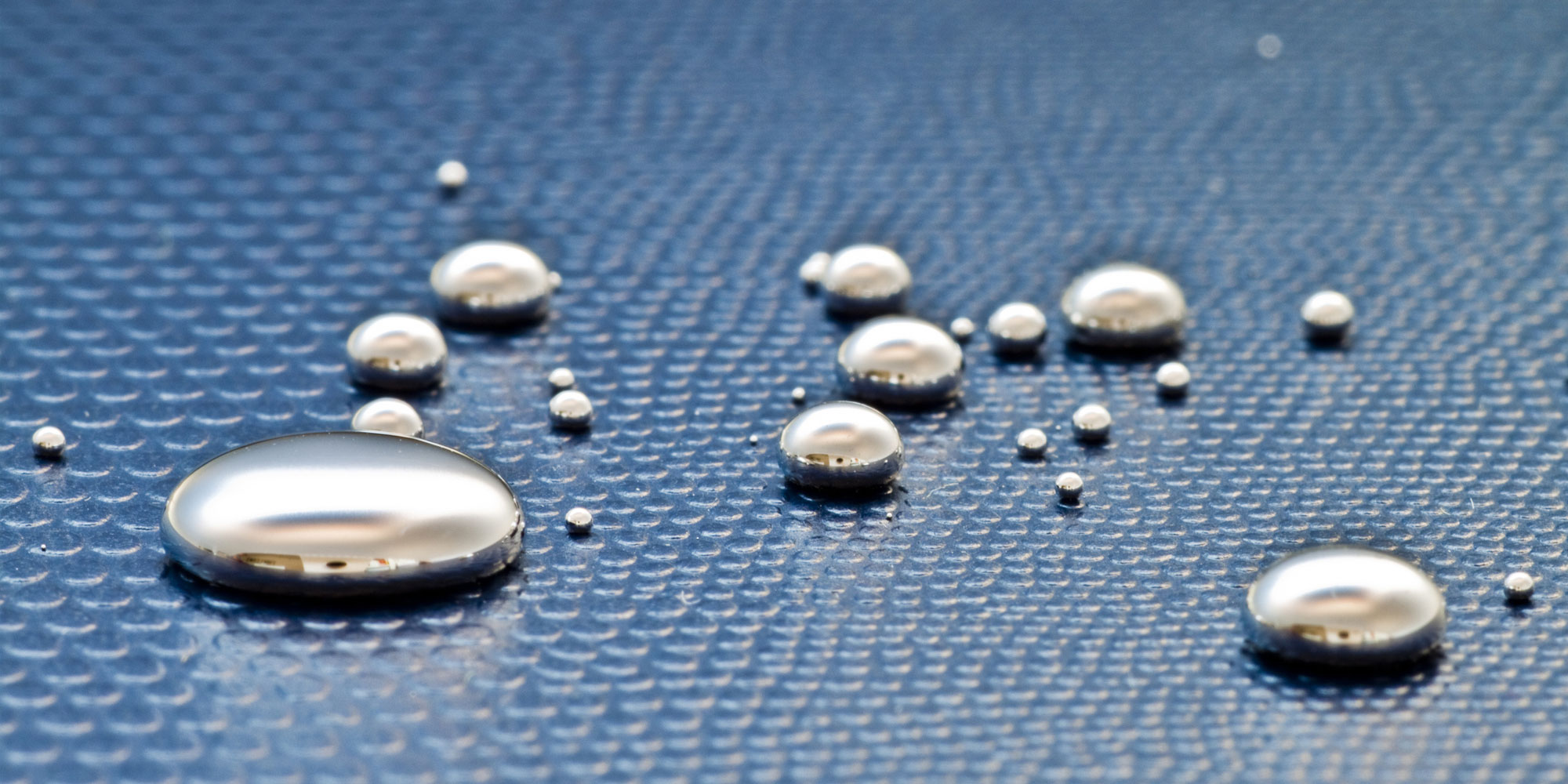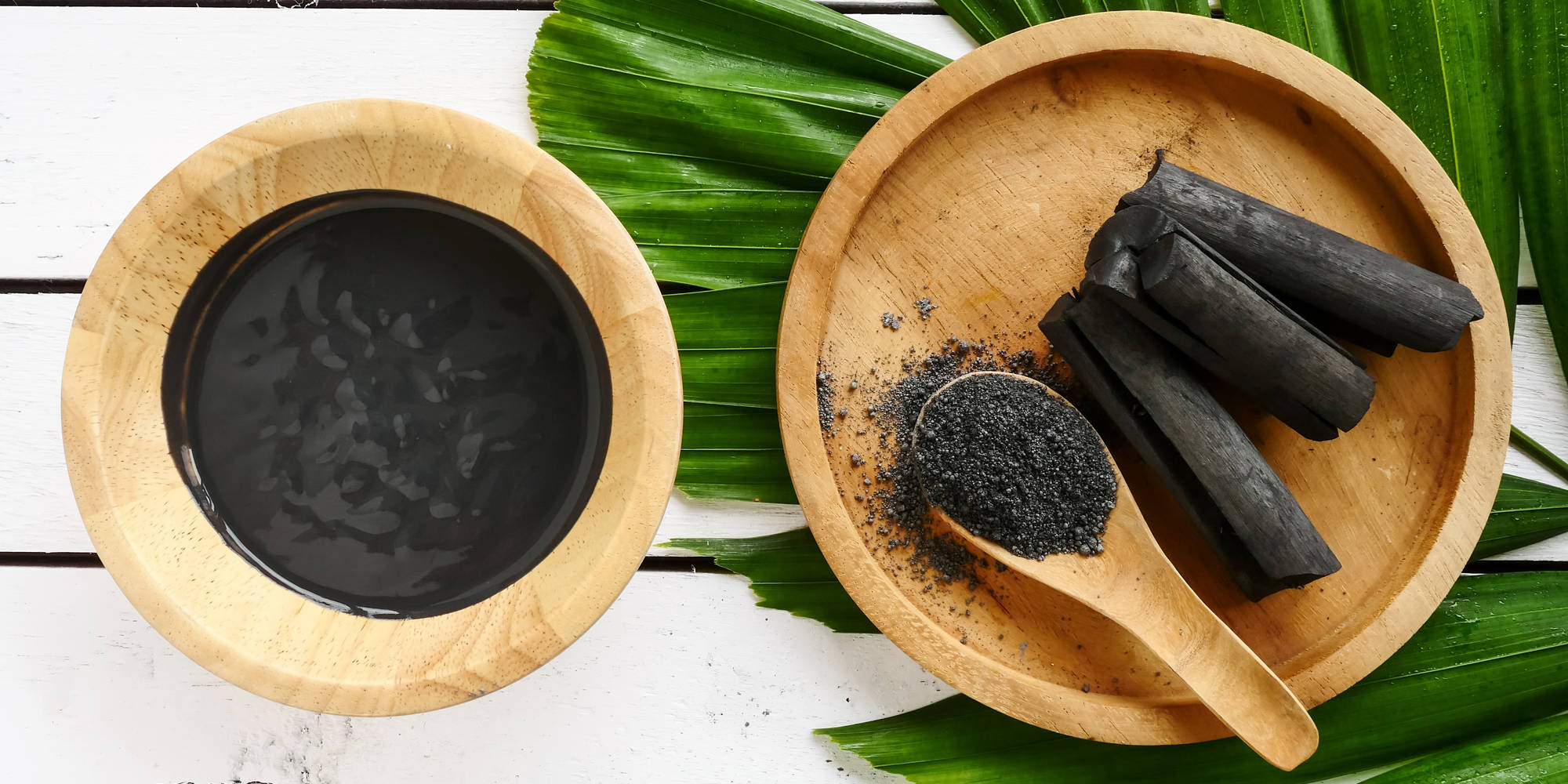Mercury metal: history and current uses
December 5, 2023

Mercury has long been revered as an almost magical substance thanks to its unique properties and versatile applications. Mercury is a heavy, silver-white metal, and the only metal that is liquid at standard temperature and pressure. In traditional Chinese, Tibetan, and Ayurvedic medicines, it has been used for over 3,000 years in the treatment of syphilis, convulsions, parasites, and many other ailments. It is also frequently used in the modern health sector, for medical tools and dental fillings. Despite its known neurotoxicity and environmental concerns, some experts argue that mercury should still have a role in modern applications. For example, experts in traditional medicine argue that the form of mercury and its valence state should be taken into consideration. Experts in the field of electrochemistry argue that mercury-based electrodes are superior to modern replacements due to ease of use, robustness, and reliability.











